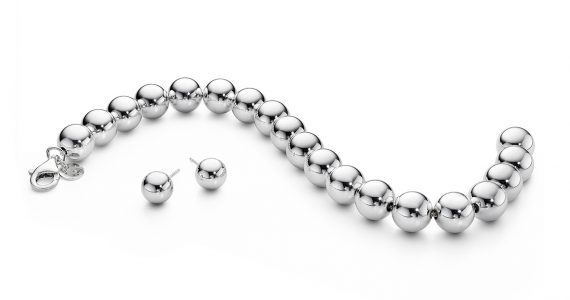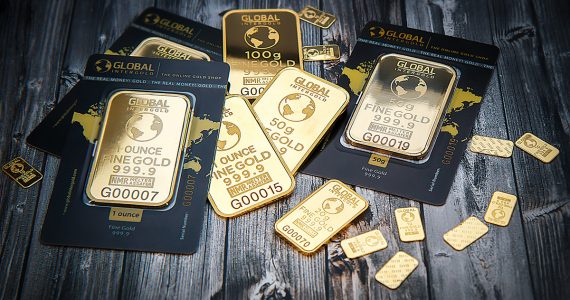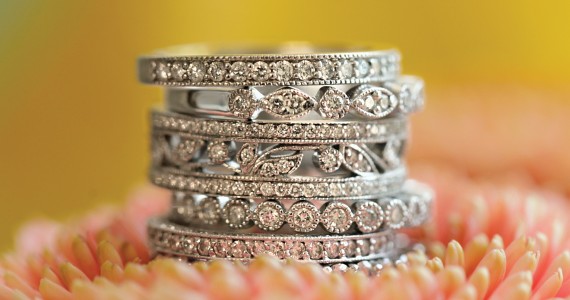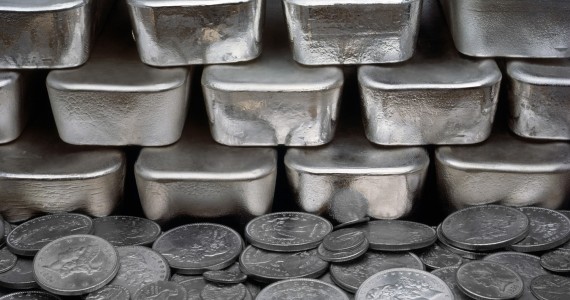Discussions about earth metals and chemical elements and you probably won’t hear a lot about ruthenium. Yet within the scientific and medical community you’re going to find that ruthenium is held in high regard. And if you’re among those not familiar with this metal, it has some practical applications.
Ruthenium and Water
A study published in Nature Nanotechnology revealed that materials with ruthenium are effective as water splitting catalysts. The study was conducted by UNIST researchers and they determined this metal is effective in splitting water. Other metals are used this way but they are not as affordable as ruthenium and not as effective.
Ruthenium based materials also have the best catalytic performance regardless of the pH level of the water being used. Research conducted by Professor Jong Beom Baek revealed that combining C2N and ruthenium was potent in splitting water.
The combination of C2N and ruthenium, known as Ru@C2N, makes it easy to reproduce hydrogen. While it is true there are several ways to generate hydrogen out of water. But ruthenium is a better choice for the following reasons.
- It doesn’t require high voltage settings
- The process is affordable so it can be repeated time and again
- The procedure doesn’t break down easily
- The hydrogen conversion rate is very high
When compared to platinum and other metals, it became clear that ruthenium is more effective especially under the conditions cited above. Platinum and other metals are also more expensive and don’t offer the kind of stability ruthenium does.
In comparison, ruthenium is cost effective and stable, making it ideal for mass production. This metal is also ideal if the metal is used in an alkaline environment. Ruthenium also hods up well in acidic settings, varying voltage and other limitations.
What the researchers have determined is that ruthenium possesses the properties required for commercial and industrial use. Its turnover rate is exceptional an doesn’t get affected by the environment it is in.
What these studies show is that ruthenium and CN2 have a number of possible applications in particular the automotive industry.
Ruthenium and Health
Ruthenium is one of the top metals in eliminating metal toxicity. While other metals and chemical elements are poisonous to the body, ruthenium is not. In fact what it does is function as blocking agent that keeps the metal from spreading in your body. However that is not the only thing ruthenium does.
Ruthenium and Cancer Treatment
A lot of research has been done indicating that ruthenium based cancer drugs may be effective. It is well known that a lot of cancer treatment drugs have varying results, but ruthenium has shown promise.
Studies have shown that ruthenium have a DNA binding mode that produces anti-cancer and anti-tumor properties. In some instances, ruthenium medicines have been shown to be tumor resistant. The important thing to remember is that ruthenium must be applied in the right amount to be efficient.
There is currently no commercial anti-cancer drug that is based on ruthenium. However several tests have shown promise. Currently NAMI and NAMI-A are proving to be the most potent in fighting cancer. KP109 is also being looked into for its efficiency in dealing with cancer.
While there is a lot of research being done, it seems that ruthenium could prove effective when it comes to battling cancer and the side effects of chemotherapy.
Other Applications
While ruthenium is rarer than other metals, it has proven to be effective when it comes to various applications and situations.
Due to the fact that ruthenium stiffens palladium and platinum alloys, it is being used in electrical contacts as a narrow amount of film is enough to add extra durability to the metal. The process can be done with other metals, but it is more expensive and doesn’t provide the same kind of results.
When in oxide form, ruthenium can be combined with bismuth and lead ruthenates are utilized in crisp resistors. These are used in electronics and make up nearly half of all the usage for ruthenium.
While versatile, ruthenium is not often alloyed with other metals except those in the platinum group. When combined with titanium, the metal alloy becomes more resistant to corrosion
Ruthenium is also used in the computer and appliance industries. Apart from electrical contacts and chip resistors, ruthenium oxide can be used to protect electrochemical anodes especially for chlorine.
Ruthenium can also be utilized in solar cells and is very effective in increasing wear resistance on electrical components. While they can be merged with different metals, ruthenium is always silvery white in color.
Conclusion
Even though ruthenium isn’t a well known earth metal, it offers benefits that other elements cannot. So while this isn’t the kind that gets talked about like gold, silver or platinum, it affects our daily lives in ways that we probably never realized.








